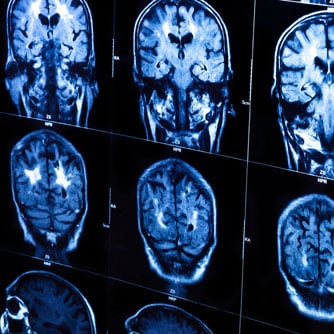The white matter microstructure, the communication pathways of the brain, continues to develop/mature as one ages. Studies link age-related differences in white matter microstructure to specific cognitive abilities in childhood and adulthood. Bart Peters, of the Zucker Hillside Hospital at UT Southwestern (Texas, USA), and colleagues explored the relationship of age and neurocognitive performance to nine white matter tracts from childhood to late adulthood. The researchers enrolled 296 healthy subjects, ages 8 to 68 years. The participants completed a comprehensive battery of tests designed to measure their cognitive functioning, including speed, attention, memory, and learning. They also underwent a non-invasive diffusion tensor imaging scan, a technology that allowed the researchers to create maps of the 9 major white matter tracts under investigation. The team found that, from childhood into early adulthood, differences in fractional anisotropy – a measure of connectivity – of the cingulum were associated with executive functioning, whereas fractional anisotropy of the inferior fronto-occipital fasciculus was associated with visual learning and global cognitive performance via speed of processing. Because individuals diagnosed with psychiatric disorders often suffer with neurocognitive dysfunction as part of their illness, the study opens the potential for research to help to identify specific brain circuits/pathways that could serve as potential targets for treatment interventions.
Neuroplasticity of the Brain Further Revealed
Bart D. Peters, Toshikazu Ikuta, Pamela DeRosse, Majnu John, Katherine E. Burdick, Patricia Gruner, et al. “Age-Related Differences in White Matter Tract Microstructure Are Associated with Cognitive Performance from Childhood to Adulthood.” Biological Psychiatry, Volume 75, Issue 3, 1 February 2014, Pages 248-256.
RELATED ARTICLES




